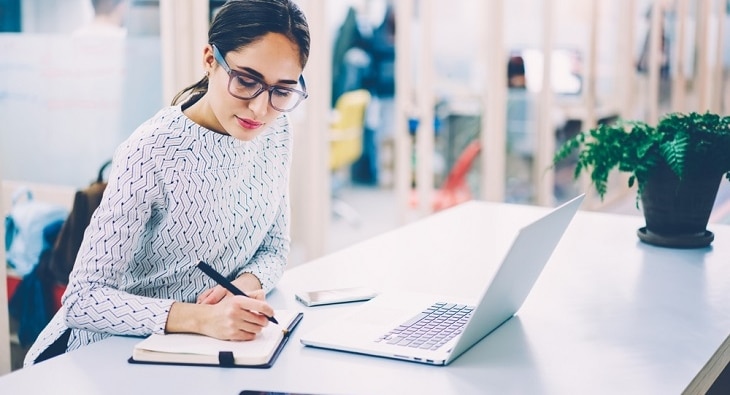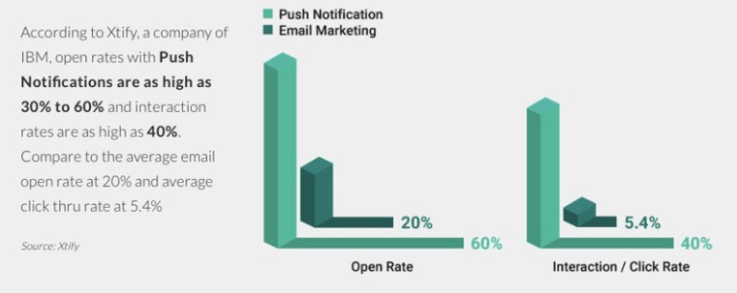5 Actionable Tips to Boost Your Customer Engagement
When was the last time you met a customer or client of your business? This might sound like an obvious question but be honest. In today’s digital world of huge corporations, most people who own companies don’t meet their clients or respond to their needs individually.
But engaging with clients or customers on an individual level is vitally important to growing your brand and ultimately your product or service. Without customer engagement, you become another company lost in the wilderness of the internet.
Here’s what you should include in your customer engagement strategy.

1. Make Yourself Approachable
The first rule of business is to ensure that customers know who you are and how they can reach out to you. Be sure to advertise the different methods that customers or clients can reach out to you. Provide a phone number and its operating hours if you don’t have one.
But also provide the names of the people at the company and their roles along with their email addresses. This allows customers and clients to put a name and even a face to the company.
Don’t send out automated messages, try to reply to everybody with personalized messages if you can. This is how you can demonstrate great customer engagement.
2. Improve Your Social Media Game
Social media is the biggest way you can reach out to new and existing customers and often the first channel they will seek to reach out to you.
Be sure to put out regular posts and keep them personal. Nobody wants to see boring corporate tweets or Facebook posts. Give them a personal slant and ensure they are signed by a member of the team.
Social media is also the place that people come to vent their frustrations that something has gone wrong. Be sure to remain sympathetic and calm during interactions where the company is criticized.
Ask the compliant for an email address or a phone number so you can reach out to them individually. This might make them feel more respected and calm.
3. Know What Your Audience Wants
If you want to have a brand or business that stands the test of time, you need to provide real value to your audience. A perfect example of this can be seen with Amazon.com. Not only have they drastically expanded the reach and products from their business, they also continue to gain more customers daily as well.
This is something Print on Demand Academy preaches within their courses and content, which is to focus all of your efforts what the end user wants and how to give it to them.
No matter the size or focus of your business, it’s ultimately going to come down to the engagement and appreciation you get from your customers. Without it, you are just another failing company without a purpose and need.
4. Create a Regular Blog
As well as short-form content in terms of tweets and social media posts, it is important to also put long-form content out there. This is usually in the form of blogs.
Regular blogs help customers see what you are up to and get insider insight into how the company works. They create that personal connection between the company and the customer or client.
But they also do more than that. Blog content should also be search engine optimized. This ensures that it used the right keywords and links. The site is then ranked highly on Google searches, one of the most important customer engagement marketing strategies.
Remember though it’s important to consider what it’s worth investing in social media or SEO.
5. Use Popups and Unique Call to Actions
Thanks to the power of the internet, it’s never been easier to connect with audiences around the world and also capture their email — which leads to an instant way to stay in contact and message them.
With this in mind, the more call to actions you have on your site, the more likely you are find success with your brand or business.
Start with social media and site content, then add in some call to actions for a simple email grab. As you continue to optimize your site, also think about adding popup windows, push notifications and other unique call to actions to get the end user to engage with your content.
Creating A Good Customer Engagement Strategy Is Key to Business in the Modern World
In the modern world, competition is rife. Because of the growth of internet customers, and consumers increasingly have much more power than they once did.
And they use this power to demand better customer engagement through social media, blogs, and personal interaction.
If you are interested in reading more about customer engagement or have to make money online then be sure to check out the rest of my blog.
The post 5 Actionable Tips to Boost Your Customer Engagement appeared first on Zac Johnson.
Labels: Zac Johnson






























